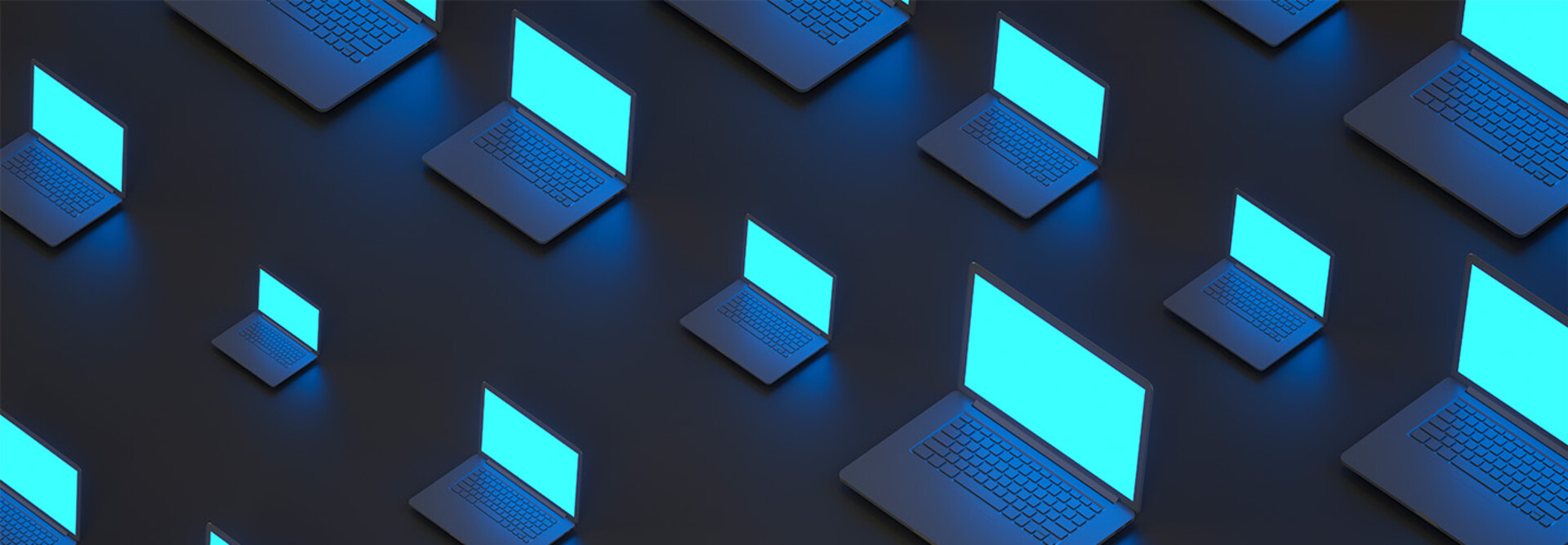Benefits of Regular Device Upgrades
A lifecycle management program for your organization’s devices can help you manage OS changes and make the best use of emerging technologies.
In general, prioritize replacing devices that are between 3 and 5 years old, which is the typical lifespan for hardware such as desktop PCs, laptops, tablets and mobile phones.
Businesses should not keep devices in use until the bitter end. Not only does this risk sudden device failure and a lack of productivity, but it may also create challenges with OS and security upgrades, which can put device-driven processes such as hybrid work at risk.
RELATED: Businesses are running out of time to upgrade to Windows 11.
How CDW Can Help with Modern Workspace Management
Modern Workspace Management from CDW can ensure that companies have the right device for the job. Whether this means equipping users with newer devices to smooth the transition to Windows 11, configuring devices to optimize performance or creating end-of-life plans that ensure the safe disposal of retired devices, CDW has you covered.
Modern Workspace Management can assist with four key pillars, including:
- Device selection: The first pillar, “Discover and Design,” can help companies define their needs and source the right mix of devices for their organization. Devices can also be customized if there is no prebuilt version that meets business requirements.
- Configuration: The second pillar, “Deployment,” allows companies to benefit from imaging and provisioning across devices, which ensures that software is preloaded to enable zero-touch deployments.
- Help desk support: The third pillar, “Manage,” provides help desk Level 1 and Level 2 service that gives end users phone, email, web and chat access to frontline tech support for their devices, allowing IT teams to offload issues such as password resets.
- Replacement and end of life: The final pillar, “Refresh and Recover,” helps companies create and deploy device upgrade programs that ensure devices are replaced before they become security or performance risks. Through IT asset disposition (ITAD) programs, devices can be wiped and resold, in which case companies can get credits for the devices. Other options include wiping and reprovisioning devices within the company or having them destroyed in an environmentally sound manner.
EXPLORE: The solutions and services that can support your small business.
Navigating the New Device Landscape
Simultaneously managing both hardware and software requirements is no easy task. Older devices may not support new software deployments, while end-of-support dates put companies under pressure to select and implement new devices as soon as possible.
With the help of CDW, companies can ensure all devices are capable of a Windows 11 upgrade, creating a long-term device upgrade program that keeps them ahead of the technology curve.
This article is part of BizTech's AgilITy blog series.
Editor's Note: This article was originally published on June 6, 2023 and has been updated.












